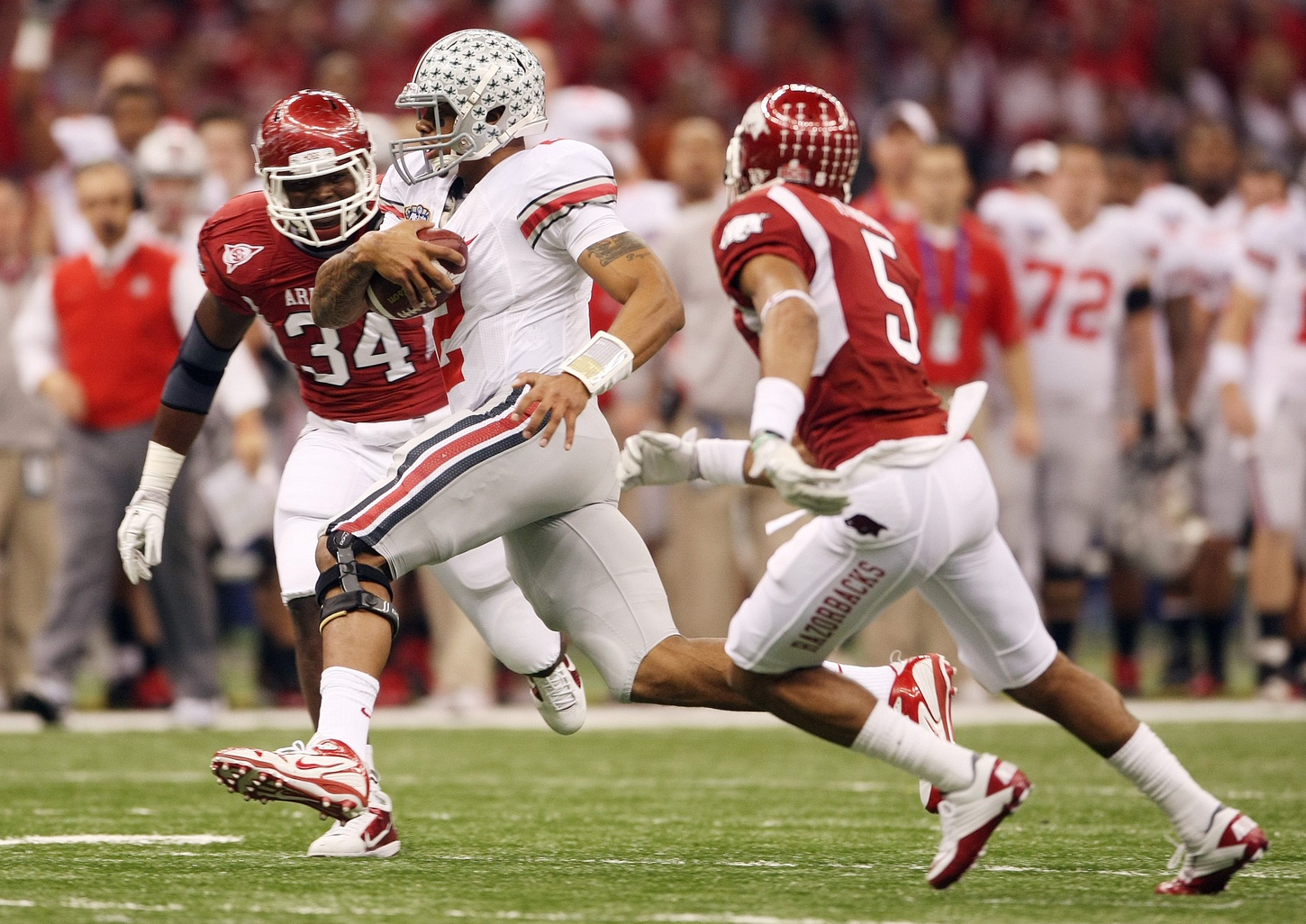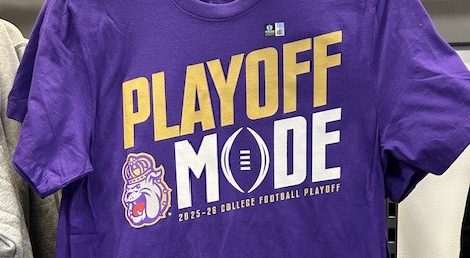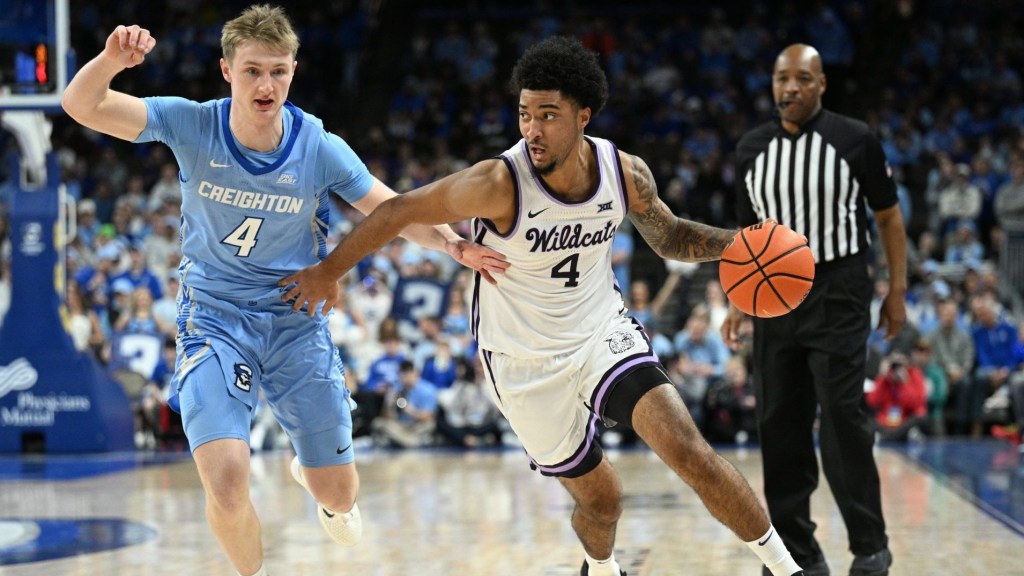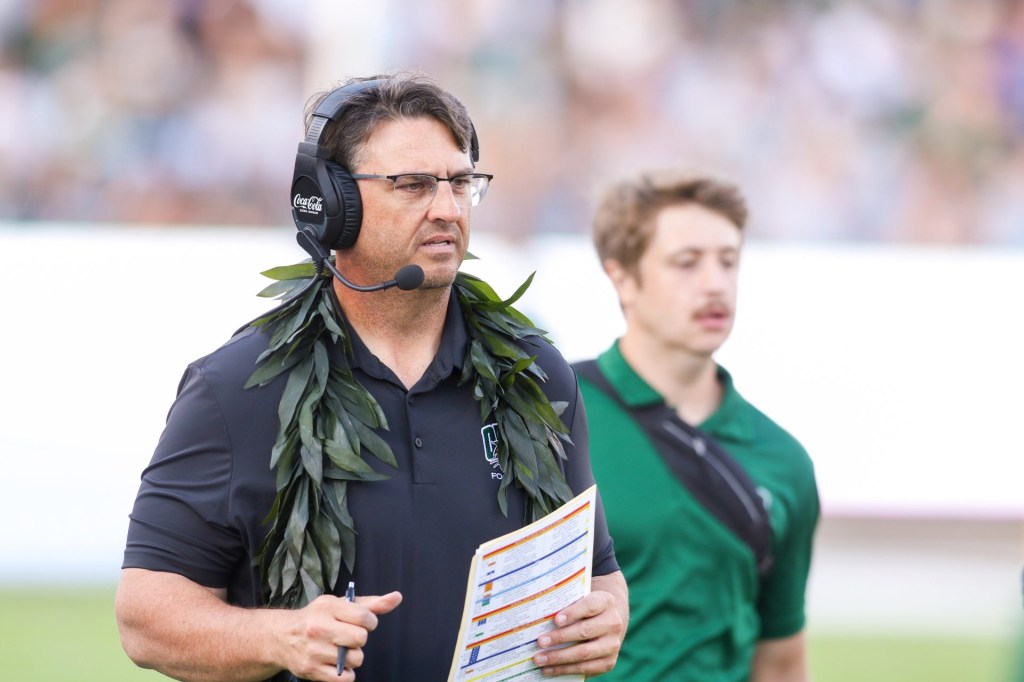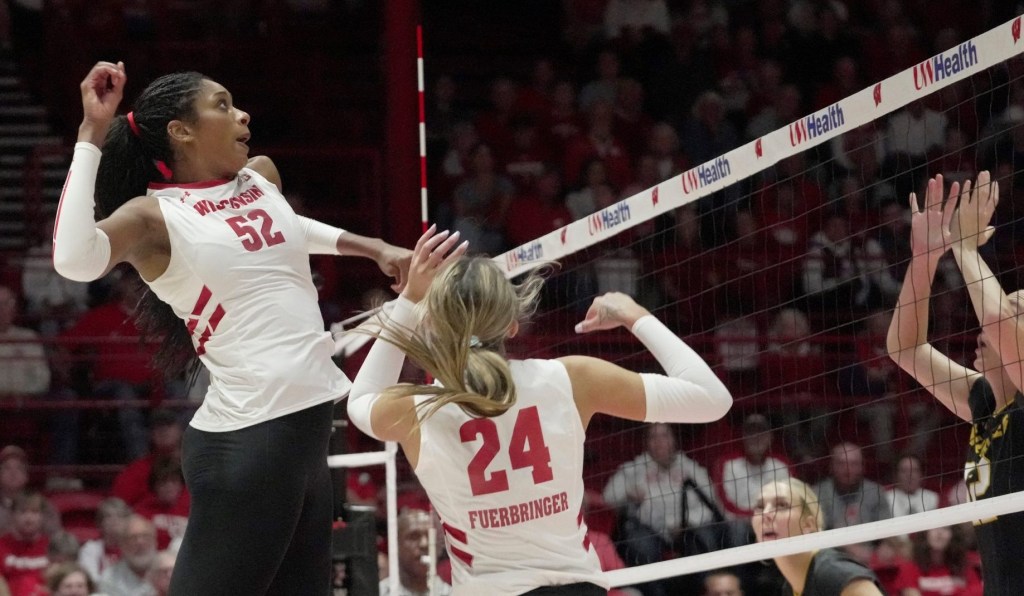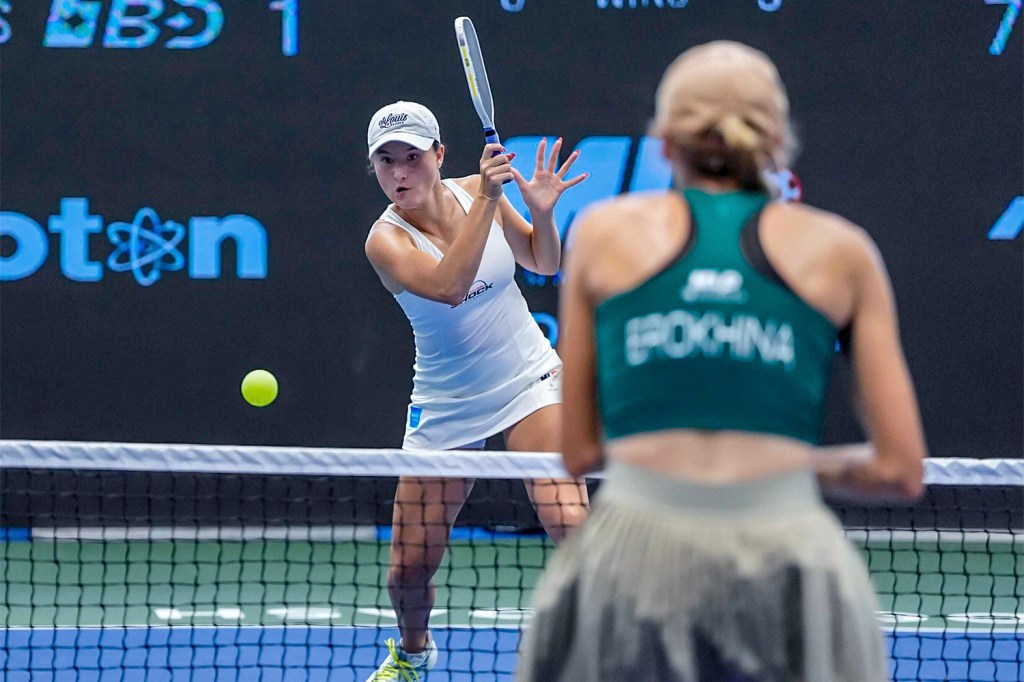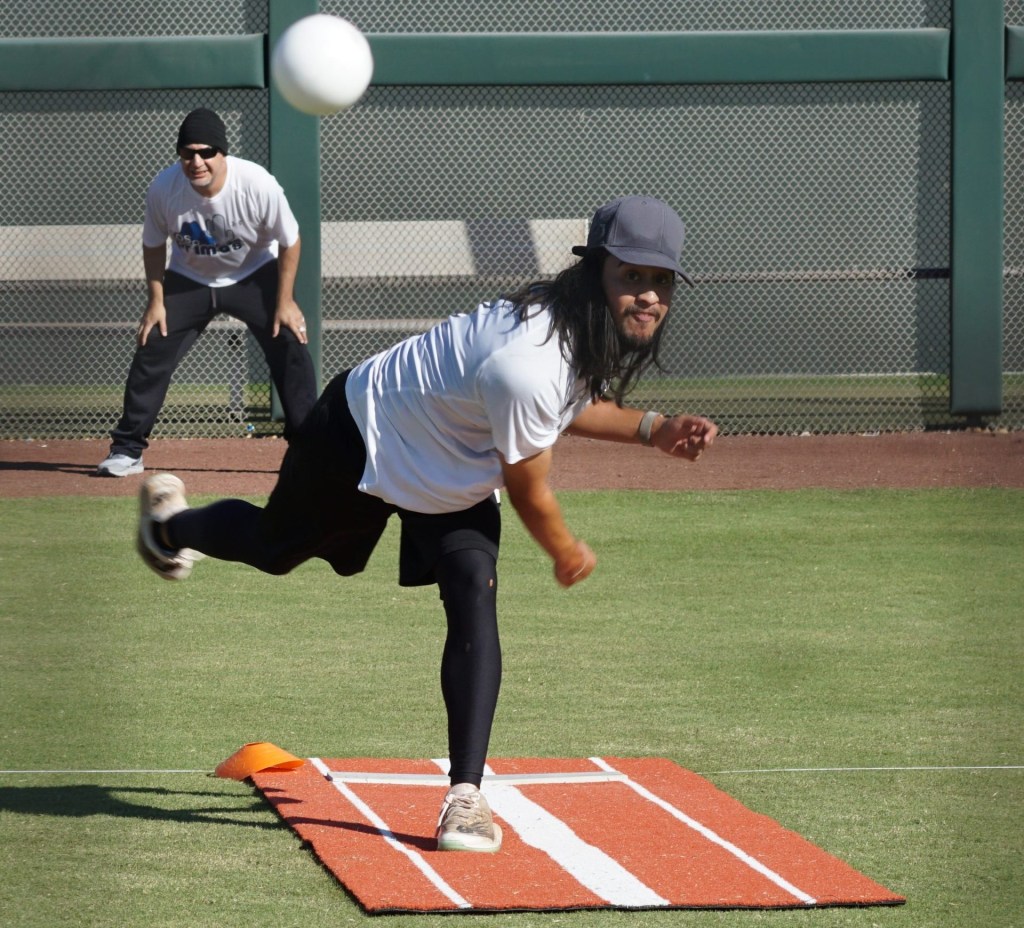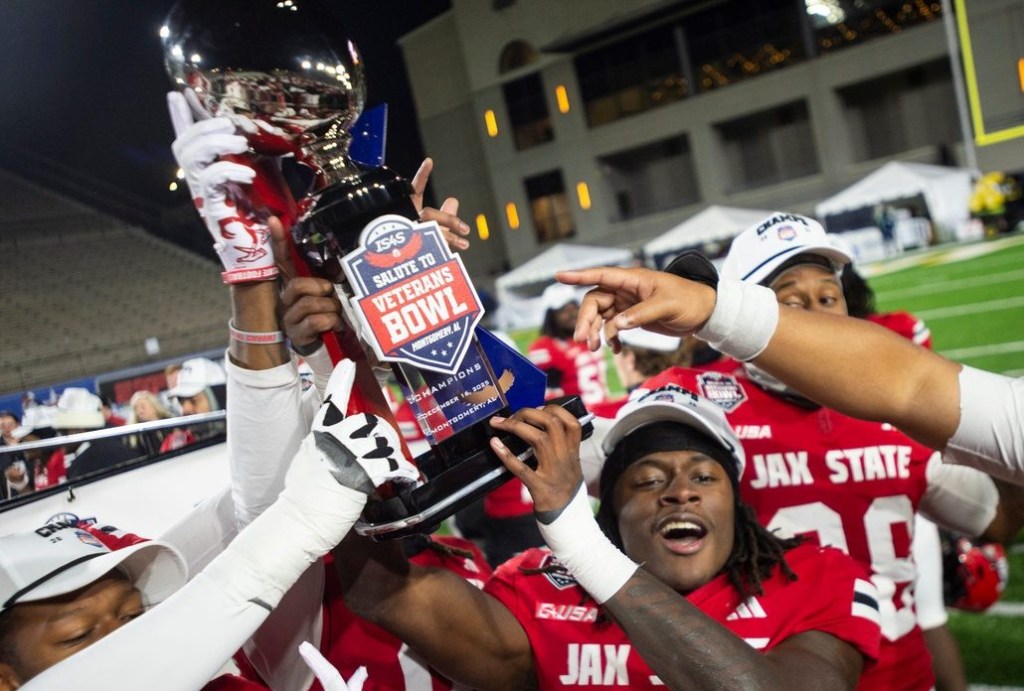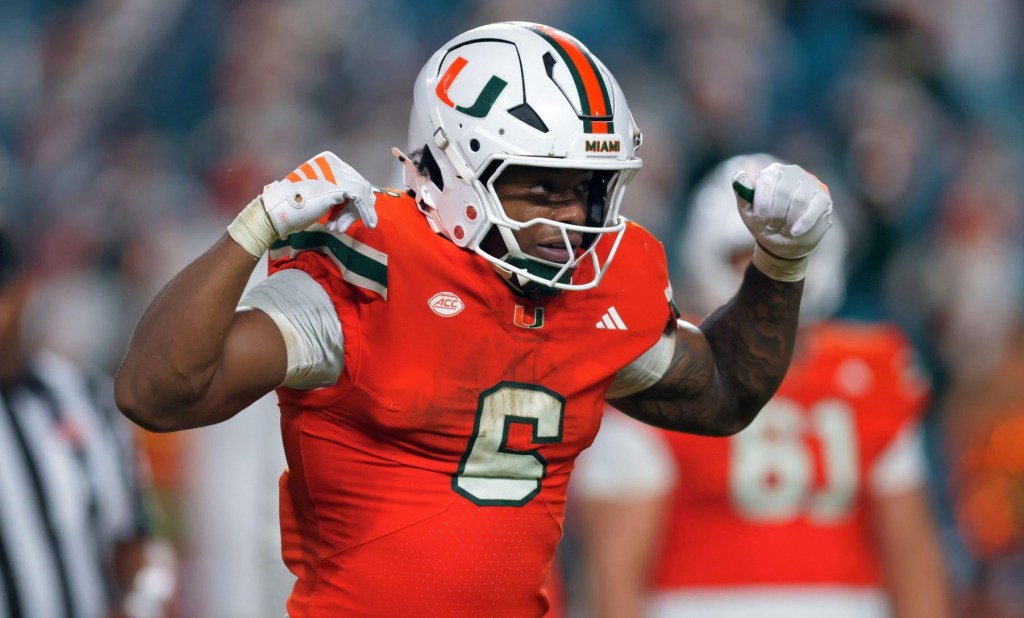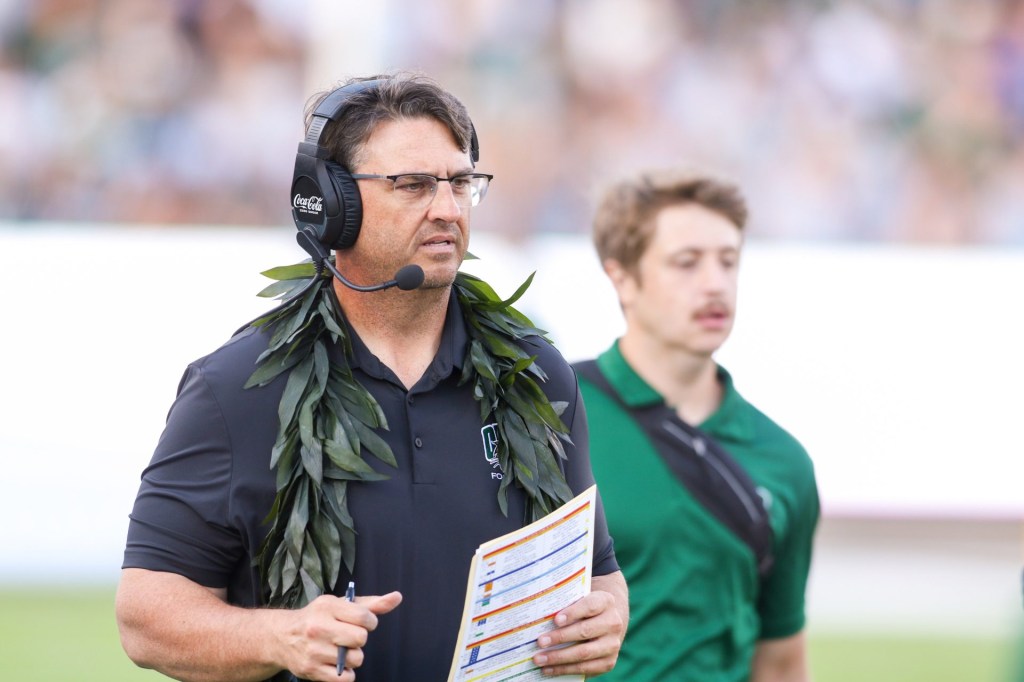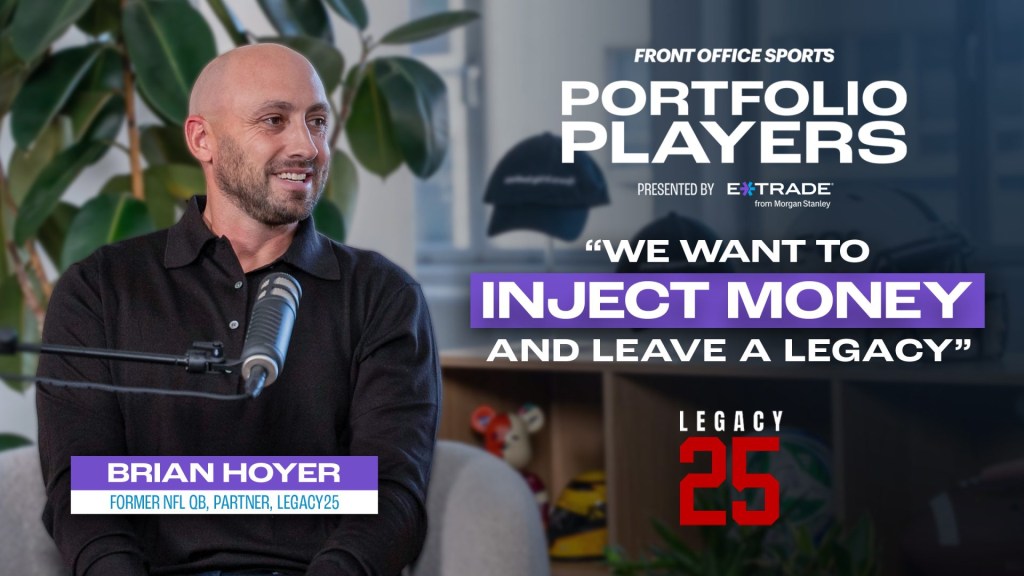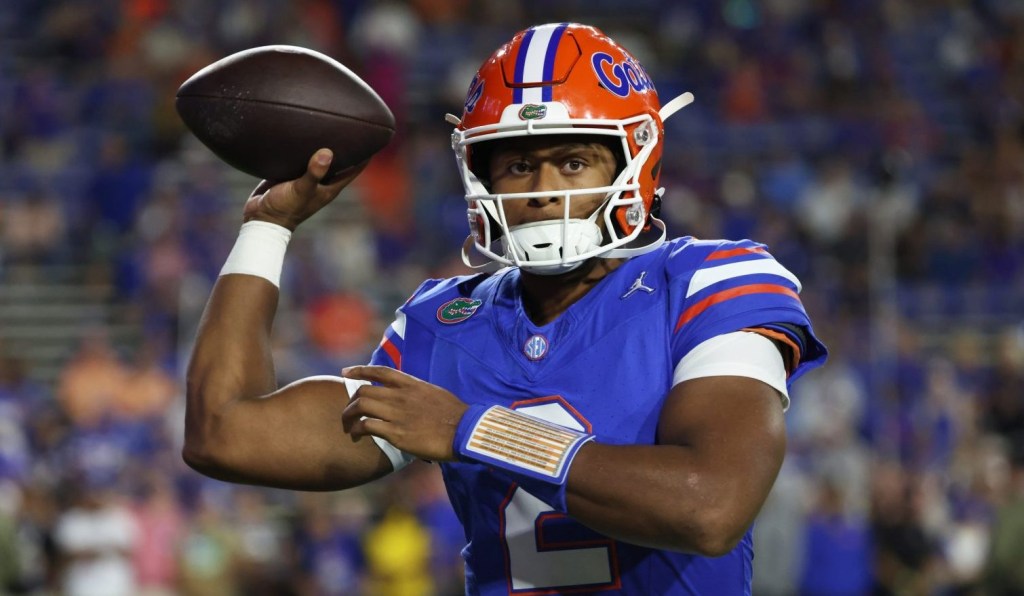Terrelle Pryor’s attempt to get NIL back pay has fallen short of the goal line.
In October, the former Ohio State quarterback sued his alma mater, the NCAA, and the Big Ten in the Eastern Division of the Southern District of Ohio for unpaid name, image, and likeness (NIL) money. Pryor played for the Buckeyes from 2008 to 2010 and his lawsuit stated Pryor was “arguably the most recognizable name in college football” when he played for them, which would have made him one of the NCAA’s highest-paid athletes.
On Friday, a federal judge granted a motion to dismiss the case in favor of the defendants, saying they had “sovereign immunity”––meaning Pryor’s claims against the defendants are past the four-year statute of limitations for antitrust claims.
“Mr. Pryor failed to assert his claims for injunctive relief within the four year statutory period. And he makes no arguments to rebut the presumption that allowing his claims to proceed would be unreasonable and prejudicial to defendants,” the judge wrote.
Pryor’s lawsuit came amid a wave of former college stars suing their schools on similar grounds. College athletes were unable to monetize their name, image, and likeness prior to 2021 and the players who missed out believe the NCAA is still profiting off them years later.
In August, a class action lawsuit former Kansas star Mario Chalmers filed in July 2024 with 15 other former football and men’s basketball players was dismissed without the chance to appeal.
That didn’t stop other players from taking their shot in court.
In September, former Southern California star Reggie Bush sued his alma mater, former conference (the Pac-12), and the NCAA for the same reason. That same month, former Michigan football players sued the NCAA and Big Ten Network. In June 2024, NC State’s 1983 “Cardiac Pack” Cinderella team kicked off the trend when the group filed a suit against the NCAA and Collegiate Licensing Company.
The aforementioned lawsuits have plaintiffs who are ineligible for the NCAA v. House settlement, which will provide $2.8 billion in back damages to college athletes who competed from 2016 to 2024.
Pryor’s ruling is similar to the one in the Chalmers case, with both judges saying plaintiffs’ claims didn’t satisfy the four-year statute of limitations in antitrust cases. The rulings have potentially saved the NCAA both millions of dollars in legal fees and billions in damages from the groups in the lawsuits.
Pryor led the Buckeyes to two Big Ten championships before leaving the school amid a football scandal that involved him and his teammates receiving improper benefits from the owner of a local tattoo parlor. The situation would never happen in the modern NCAA as the infractions Pryor and his teammates committed are allowed under current rules. In 2021, just as the legal NIL era began, Pryor and his teammates who were punished by the OSU for their role in the scandal asked the NCAA to restore their records. Pryor went on to play seven seasons in the NFL.
